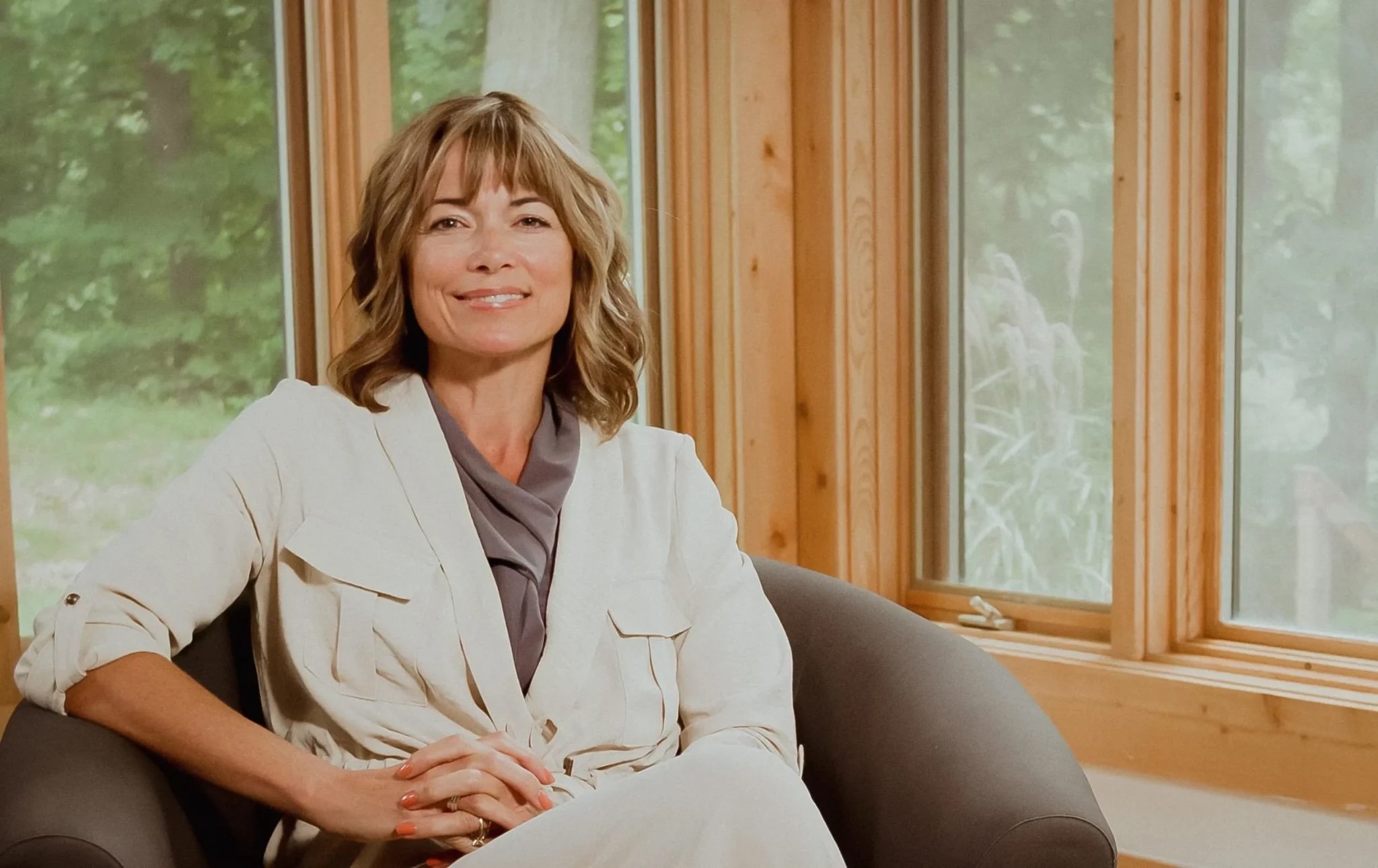The Hope in Our Scars, Part 1
Today I’m introducing a two-part interview with author Aimee Byrd about her most recent book—The Hope in Our Scars. Got scars? Read on….
SG: Can you give us your elevator-pitch summary of the topic of The Hope in Our Scars?
The church is full disillusioned disciples. We have missed something big in our quest to be right—the heart of the matter. In The Hope in Our Scars, I share my own disillusionment with the church, as well as the stories of others, discovering that hope is not sentimental. It bears scars. But the wonder of it all is that Christ is preparing his bride/church for Love. We need to face our disillusionment, learn how our own stories weave with the stories of our brothers and sisters, and how we hold them together as a testimony to where we’ve come, what we’ve been through, and the beauty Christ is inviting us into through them together. In this we find freedom in belonging to Christ. We find that the beauty of his unitive love is an invitation to the real that rises above our disillusionment.
SG: There’s always a story. What’s the story behind The Hope in Our Scars? What motivated you to write it?
My story is a convoluted one. I became an author out of the loneliness as a thinking woman in the church. As I was a young adult, wondering in the beauty of learning more about Christ, I couldn’t find others do that within the church. I wanted to be invested in and to grow in spiritual formation. So I began writing into this void. At first, my books were well received and encouraged. I continued to strive to be a bridge in that gap between Christian academia, church leadership, and the laity—particularly the women. But as I wrote into the troubling theology I kept stumbling on regarding men and women—and even the triune God—I faced public harassment, slander, and sabotage by ministers and elders in my own denomination and others. Instead of critiquing my work, they went after my character and my reputation. It was so disturbing to see this kind of behavior from Christian leaders, calling me Jezebel, the great whore of Babylon, picking apart my looks, making memes about me, calling ahead of my speaking engagements to warn churches to guard their families from this dangerous woman, joking about meeting up where I was going to be, and plotting to sabotage my Amazon page. But the most traumatizing part was when I sought help in my church and denomination, trying to use the “proper channels” of church order. It was in this two-year process that I discovered that abusers abuse because they can. This made me reexamine my whole understanding of church.
SG: Gah! I’m so sorry. Sadly, I know you have had company in this sort of bashing. I’m grateful for the hard work you have done in working through your pain—including sharing it in your book. Who would you say is your intended reader for The Hope in Our Scars?
My primary audience are those in the “mission field” of the church: church leaders and engaged laypeople who are committed to the church but need to be challenged to see and enter into something much richer revealed about it, and also to see past the systems they are operating in. This includes leaders who see a problem but not a way forward, the disillusioned, questioning, wounded, or those who don’t feel like they belong and church doesn’t seem “real” to them.
My secondary target readers are those who may not realize they are chasing an illusion of what church and discipleship is supposed to be. Those who need to learn there are matters that transcend our sanitized ideals of success, power, freedom, acceptance, and influence that we think we have. Those who need disruption to see that Christ is better than the security we hold in checking the boxes and better than our image of the perfect Christian.
SG: Where have you felt most misunderstood?
I feel the most misunderstood in my motives. So many of the accusations against me were that I have a “feminist agenda.” And that I am “dangerous” and a “troublemaker.” Many of the names hurled at me suggest some sort of pernicious or seductive intent. It was devastating to see and hear. And it is all so absurd. At first, I thought about how easy it is to dismiss me without engaging the content of my work by the name-calling. And that is a part of it. But as I confronted it, I realized just how much of this was all about power and how these accusations and assaults on my character were projections of their views about and fear of women.
SG: Why do you still have hope?
Seeing the vitriol for what it is and naming my wounds is an act of hope. Hope is disruptive, not sentimental. And in my grieving over the condition of the church and these violent acts, my grief arose even more because I knew that this is not how it is supposed to be. There is a death involved in hope, like the grain of wheat that falls to the ground and dies that Jesus speaks about (John 12:24). I realized I had a lot that needed sent to the underground myself, things I was holding onto for security like where I was seeking belonging, doctrinal certainty, even having a good reputation. But there is so much freedom in dying to these counterfeit securities because we need more than reform—we need resurrection. Do we believe in a God of resurrection? And do we believe he is Love? Do we really trust him? This is our hope, that beauty rises. And it directs my desires and hope in the One who loves us enough and has the power to do that. Christ has ministered to me deeply through this, by his word, in contemplation and prayer, through the constant invitation to beauty in my days, and especially through the loving people in my life. Looking and listening for his presence in these things is like seeing the baby sprigs of resurrection all over, and a reminder of what we are headed for: the union of heaven and earth and eternal communion with the triune God and one another.
To be continued…
Purchase: The Hope in Our Scars

